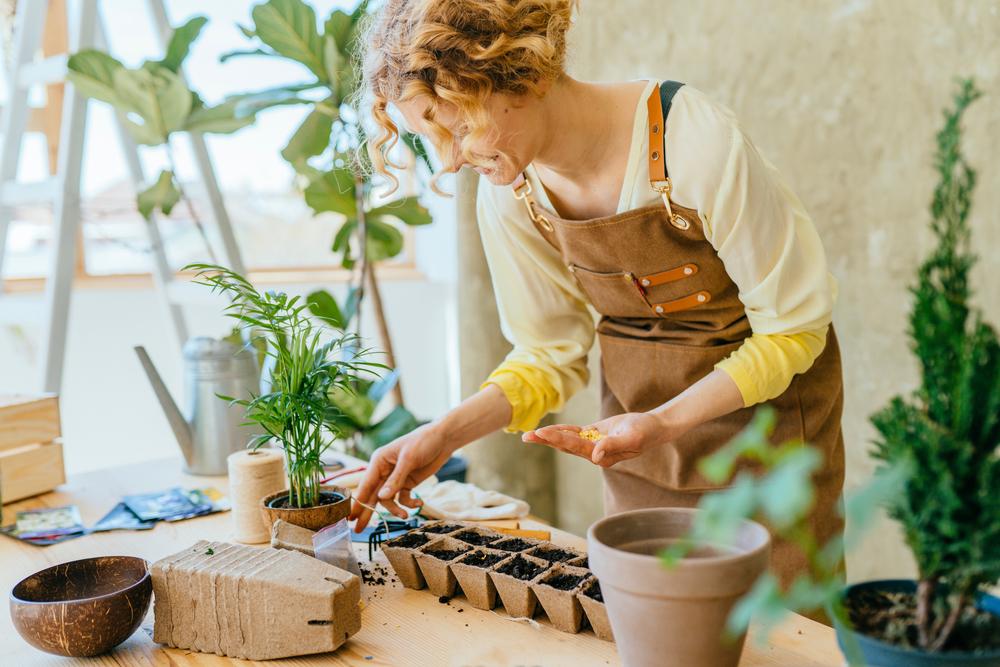Growing vegetables, herbs, and more is not just for top chefs and preppers; it’s also a popular, fun, and relaxing hobby. It is easy to assume it can be pursued only by those with large plots of land, and then only during the summer months, but the reality is that it’s possible for even apartment dwellers to create a viable, albeit compact, “indoor farm.”
The first step is to determine the crop, a step that dictates what is required in terms of space, time, and effort. People with no experience growing plants might start with an easy species to learn the steps. These won’t result in edible crops, but they will build confidence in the process. Good plants for beginners include aloe vera, which provides on-demand first-aid gel, or the super-easy-to-grow philodendron.






